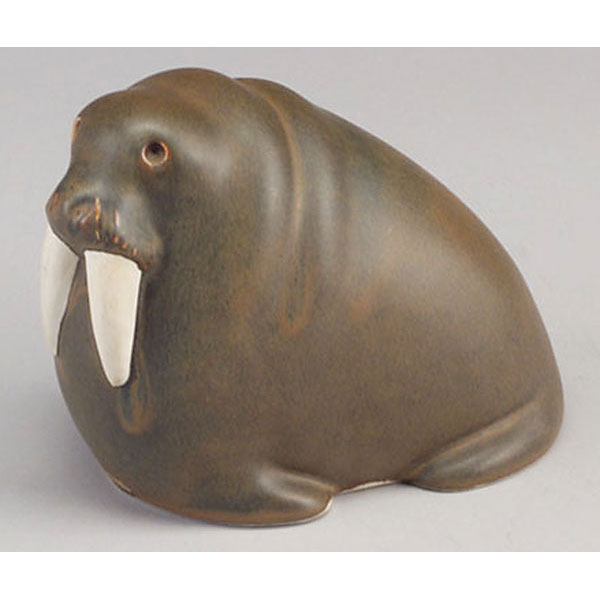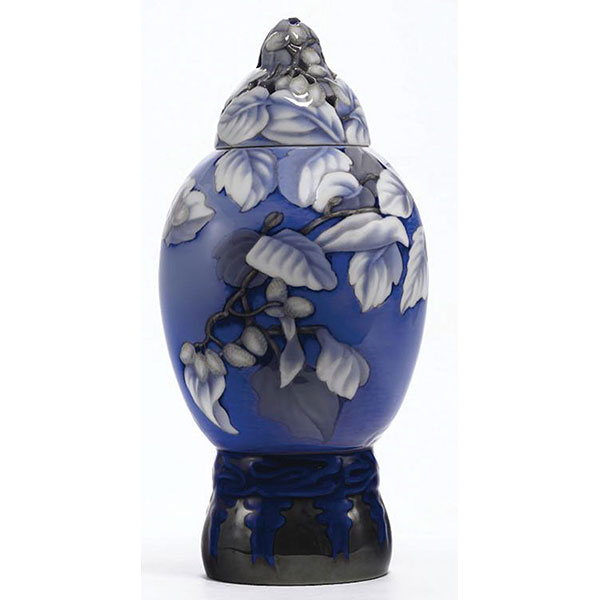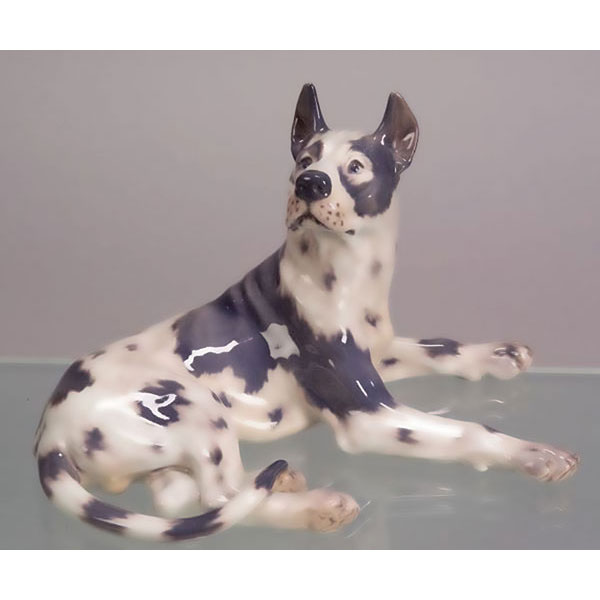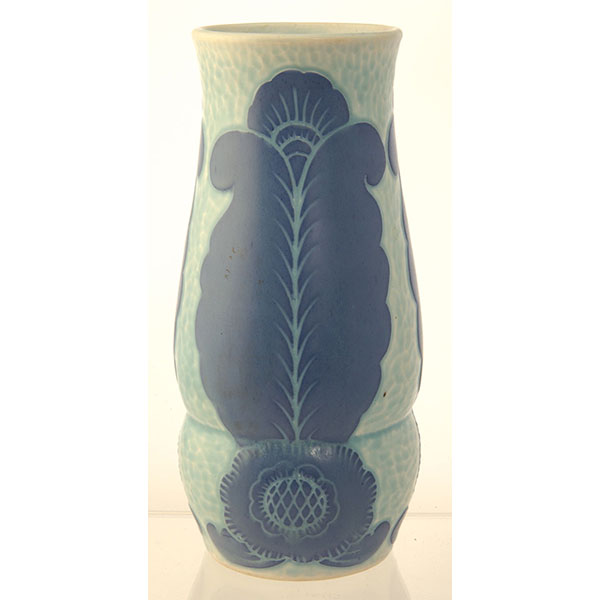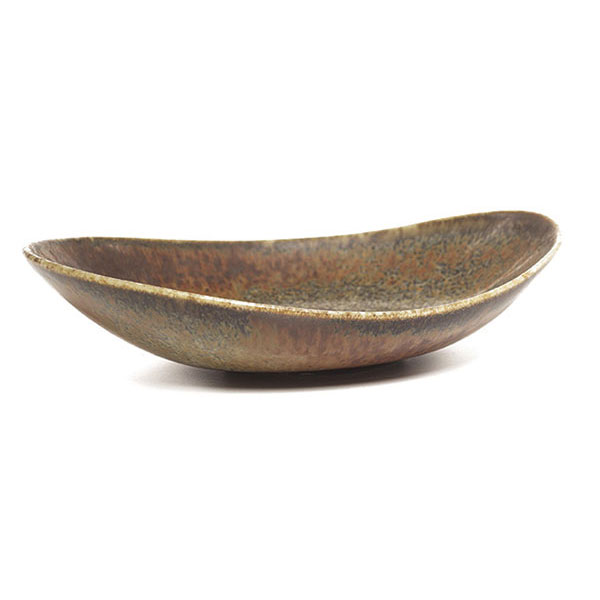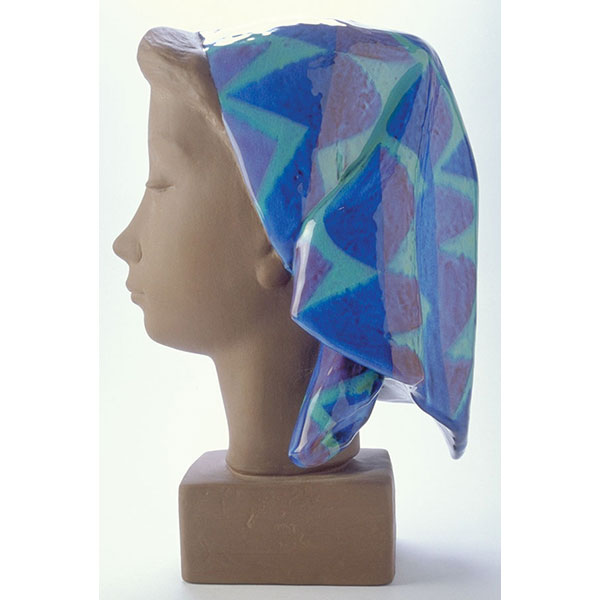Identification Guides
Scandinavia
Relatively few Scandinavian ceramics were imported to the United States in the twentieth century, but they were an important influence on America designers. From the 1930s to the 1950s, American companies imitated Scandinavian designs that featured banded decorations and flowers or leaves. Between World War I and the 1950s, many designers in Denmark, Sweden, Norway, and Finland were creating decorative wares in a very distinctive, simple style called Danish Design. It was inspired by art deco and other emerging ideas and became popular in many countries, including the United States. The Georg Jensen store in New York introduced Danish ceramics, furniture, and silver designs of the 1940s and ’50s that were sold in the United States.
From the 1950s to the mid ’70s, earthenware with the handmade look of Scandinavia’s stoneware, including Flamestone imported by Dansk Designs, was popular. By the 1970s and ’80s, Danish designers were making some objects, especially stoneware pieces, that had a rustic, handmade look even if they were made by machine. Other ceramics had a high-tech, post-modern look. Many small Scandinavian shops were making the smooth, unadorned pottery favored by Scandinavian studio potters. Others liked rough glazes, textured surfaces, and geometric designs. All of the work reflected the Scandinavian look also seen in furniture, glass, and silver of the period. Ideas spread very quickly in the twentieth century, and the Scandinavian designs so popular in the United States were soon copied by American firms.
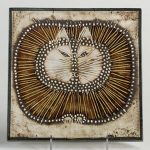
Photo: Rago
Lisa Larson designed this wall plaque for the Swedish Gustavaberg factory in the 1950s. The handmade look and rough surfaces were typical of midcentury Scandinavian design.
